Classic Greek Baklava
Layered with filo, nuts, and an orange flower water-flavored syrup, once you taste this Classic Greek Baklava, you’ll never forget this heavenly dessert! Nothing held my mom back in the kitchen and this baklava dessert was one of the most delicious, memorable treats she made for our family!
If you’ve never baked with filo, fillo, or phyllo dough, scroll down and read my tips for working with these extremely thin pastry sheets. Once mastered, this Baklava Recipe will become a new favorite dessert!
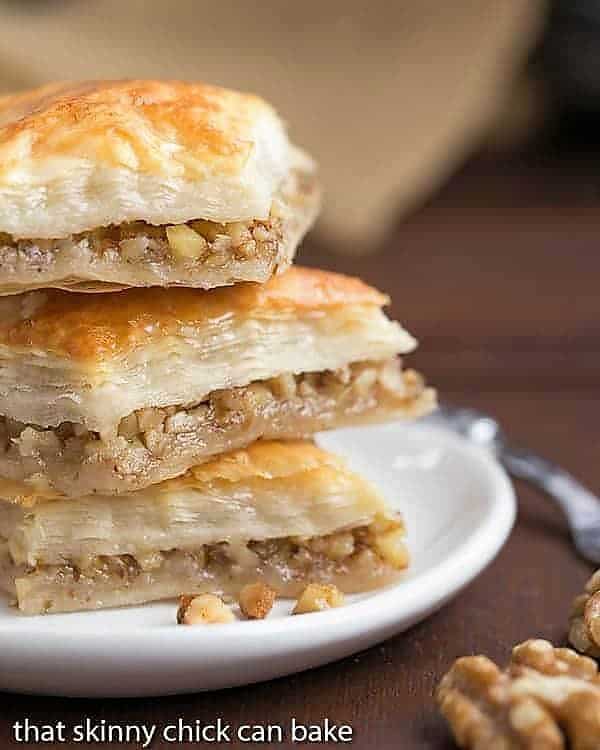
Why You Must Make
- Your friends and family will be in awe when you tell them you made baklava!
- This baklava recipe is easier than it looks. If you haven’t worked with filo, I’ve included some tips below.
- If you’re a nut lover, you must make a batch!!
I was blessed to spend most of my childhood in a small, Midwest university town. Ames, Iowa, was in the middle of nowhere, but the college brought many benefits. We’d attend the symphony, theater, and football games. We didn’t care that all the key players were university students! My parents became friends with folks from all over the world and with that, we were exposed to new cuisines.
Ingredient Notes:
- Filo or phyllo dough is a given. If you’re not familiar with filo, it is a paper-thin pastry dough that is buttered and layered to make flaky layers for desserts, appetizers, and entrees. It provides distinctive baklava layers. You’ll find it in the frozen food aisle near the puff pastry.
- Nuts are not optional either, but the variety can vary. My recipe uses walnuts, but pistachios and even hazelnuts or almonds are also used.
- Sugar syrup is needed to help the dessert come together. Often made with honey, the Turkish versions tend to leave that out. I do, too. Mine is flavored with orange flower (or orange blossom) water for a subtle, but distinctive taste you’ll adore.
- Butter (or olive oil) to brush between the filo layers.
Expert Tips
- Filo dough is usually found in your grocer’s freezer case. Follow the instructions on the box for defrosting. A slow overnight defrosting in the refrigerator is usually the best option.
- Do not remove the filo from the plastic wrapping until all your other ingredients are prepped and ready to go.
- PRO-Tip: When you’re ready to start layering, remove the filo from its packaging, unroll, and place it on a clean work surface. Cover with a sheet of plastic wrap, then a damp towel. If the filo sheets get dry, they will be brittle and very difficult to work with.
- Work quickly, uncovering the filo just to remove a sheet. Make sure to cover it again as soon as possible. If the filo dries out, it will shatter into many pieces when you try to move it.
- Brush your pastry with oil or melted butter as directed in your recipe. Since the exterior edges are more likely to dry out first, brush around the perimeter first. Using a soft pastry brush will minimize any tearing.
- PRO-Tip: Don’t worry if your filo tears. Use these sheets in the middle of the baklava. No one will be the wiser as there most likely are intact layers above and below.
- Wrap any leftover filo well and store in the freezer for up to 3 months.
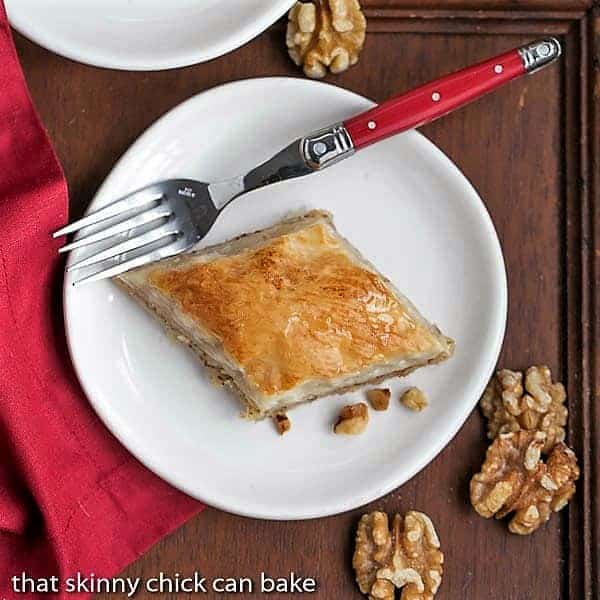
How to Make
Baklava is not a difficult recipe, once you know a few tricks. First, get all your ingredients ready. Nuts should be chopped, filo defrosted, and in the refrigerator, and a damp tea towel ready to cover the filo while you’re layering. The sugar syrup should be made and chilled before you start your assembly. Here’s how to make baklava:
- Melt the butter and grease your baking pan with a pastry brush.
- Mix together the nuts and sugar and set aside.
- PRO-Tip: Open your filo and cover it with the plastic or parchment from the box, then a damp towel to keep the pastry from getting dry and brittle.
- Layer half the filo dough, brushing each layer with butter, into the prepared pan.
- After the first half of the filo is layered in the pan, spread the nut mixture over the surface.
- Continue layering and buttering the rest of the filo over the nuts.
- Cut the baklava on the diagonal in one direction, then the other to form lozenge (or thin rhombus) shapes, then bake as directed.
- As soon as the baklava comes out of the oven, evenly pour the cold sugar syrup over the top. Let the baklava cool to room temperature, then dig in!
Frequently Asked Questions
Baklava is a sweet dessert pastry made of layers of filo dough, nuts, and sweet syrup to hold it all together. The nuts, syrup, and flavorings vary depending on the baker.
Baklava hails from the Middle East and the Mediterranean including the Levant, South Caucasus, Southeast Europe (Greece), Maghreb, and Central Asia. The Ottoman Empire is considered baklava’s place of origin.
Filo or phyllo dough is a paper-thin pastry that is used in Mediterranean cuisine. Due to its thin nature, filo dries out quickly and becomes extremely fragile when exposed to air.
Therefore, extra care is needed when you’re using filo in your baking like with this classic baklava recipe, börek, spanakopita, strudel, tiropita, and more! Once you’ve worked with filo, you’ll find this is truly an easy baklava recipe!
Baklava can be stored at room temperature if your kitchen is not too warm for up to 2 weeks. In the summer, it’s best to keep it in the refrigerator for up to 2 weeks. Make sure it’s in an airtight container.
Baklava may also be frozen. Make sure it’s cool, then place it in an airtight container, separating any layers with wax or parchment paper. It freezes well for up to 4 months. Defrost overnight in the refrigerator.
You May Also Like:
- Double Chocolate Nutella Toffee Skillet Brownie from Country Cleaver
- Pecan Tassies
- Old Fashioned Pecan Pie
- Toffee Cookies with Walnuts
- White Chocolate Macadamia Nut Cookies
- Plus, you must check out my Dessert Recipes and Bar Cookie Recipes for more inspiration!
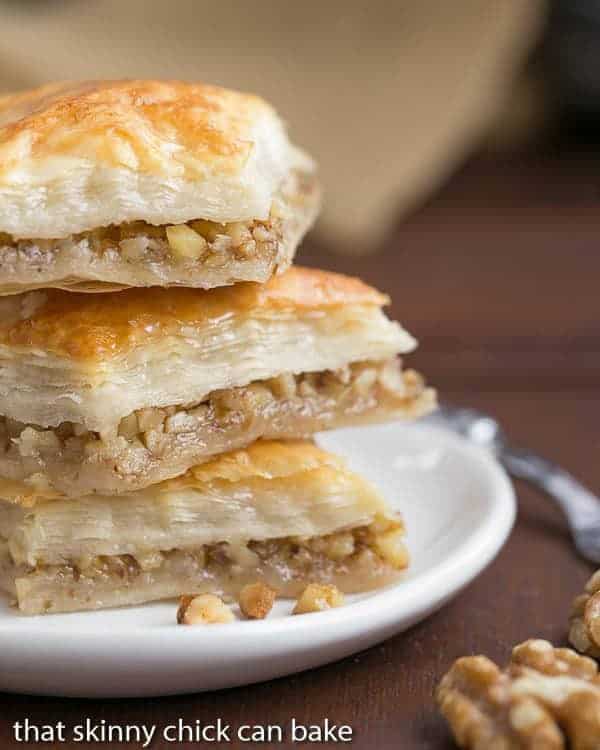
Classic Baklava Recipe
A traditional Greek dessert that you can now make at home!
Ingredients
Syrup:
- 1 cup sugar
- ½ cup water
- 1 tablespoon lemon juice
- 1 tablespoon orange blossom water
- 1 pound filo dough
Baklava:
- 1 cup unsalted butter, melted
- 6-8 ounces chopped walnuts, coarsely chopped
- 2 tablespoons sugar
Instructions
- Make syrup by dissolving sugar in water and simmer till thick enough to coat a spoon, then add lemon and orange blossom water and simmer for 2 more minutes. Cool to room temperature in the refrigerator.
- Brush a 9 x 13 pan with butter. Place half of the filo in the pan, one sheet at a time, brushing each layer with butter.
- Keep the filo covered with a damp towel while brushing the layers to prevent it from drying out. Don't worry if it tears, though, it will still look and taste fine.
- Mix nuts and sugar and spread over the filo layers. Cover with remaining filo, brushing each layer with butter as before.
- Cut diagonally into lozenge shapes. Bake at 350º for 30 minutes, then increase the temperature to 450º for 15 minutes or less till puffed and golden.
- Remove from oven and quickly pour cold syrup over baklava.
- Cool to room temperature to serve.
Notes
Pistachios, hazelnuts or almonds can be used instead of walnuts.
Recommended Products
As an Amazon Associate and member of other affiliate programs, I earn from qualifying purchases.
Nutrition Information:
Yield:
24Serving Size:
1Amount Per Serving: Calories: 559Total Fat: 49gSaturated Fat: 10gTrans Fat: 0gUnsaturated Fat: 37gCholesterol: 20mgSodium: 80mgCarbohydrates: 27gFiber: 4gSugar: 11gProtein: 9g

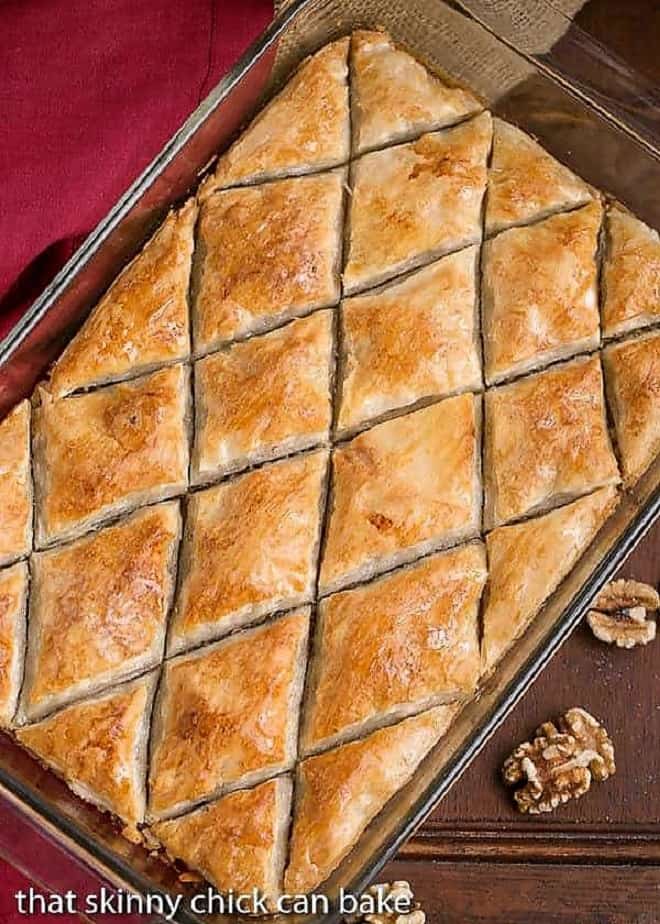
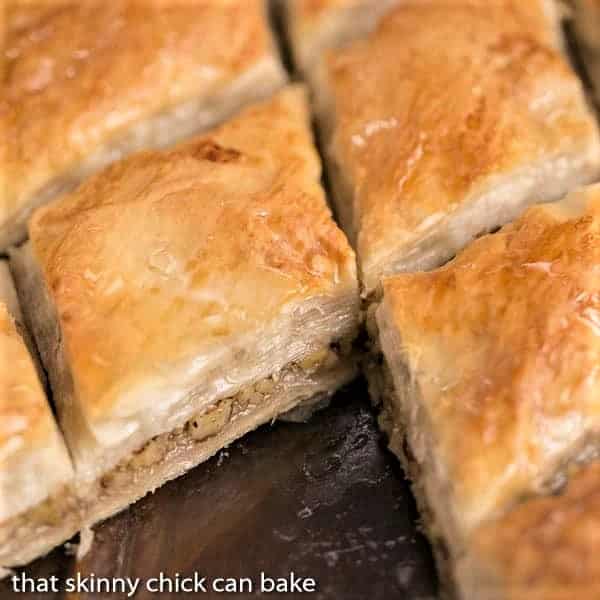
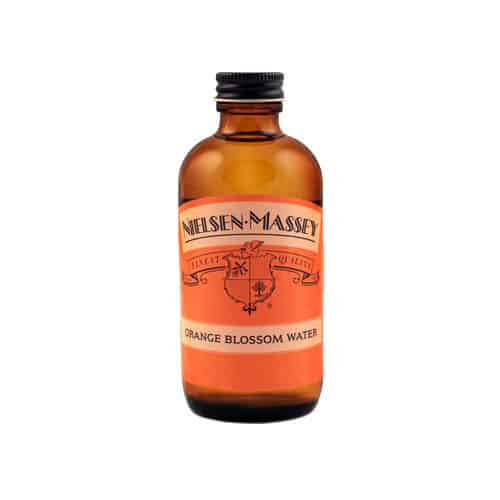
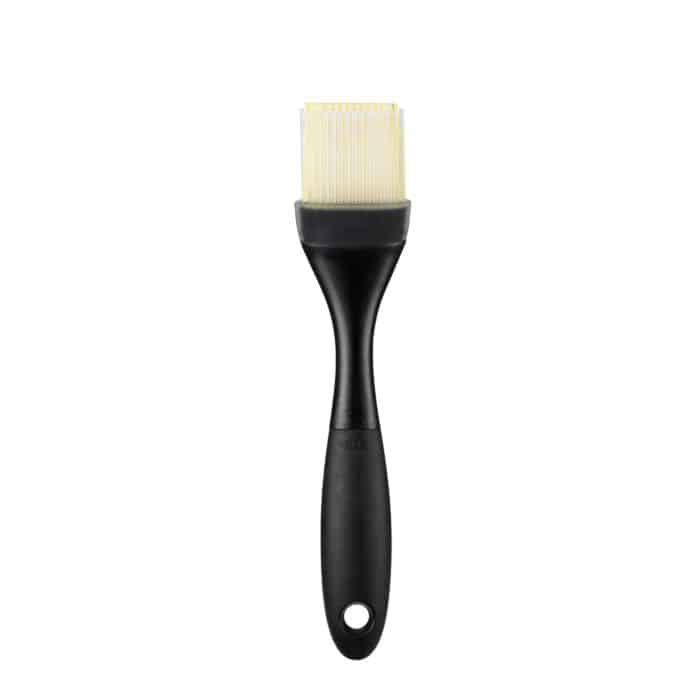
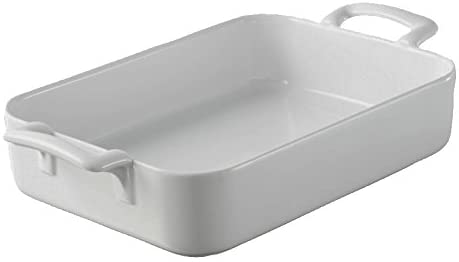

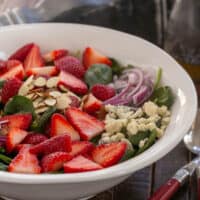
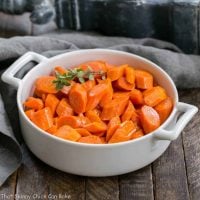
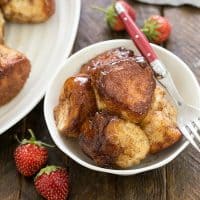

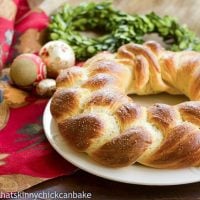
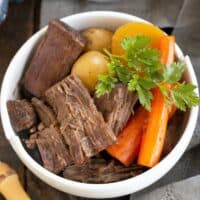
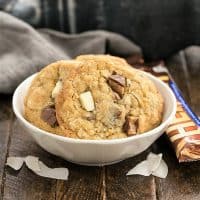
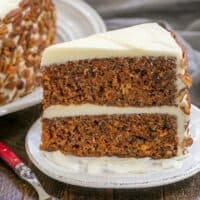

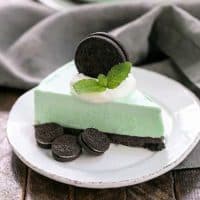
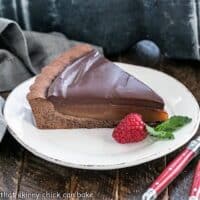

50 Comments on “Classic Greek Baklava”
We had a friend that used to ask us to make baklava every Thanksgiving when we got together with about 50 others. While it wasn’t your typical dessert, it was very popular. Yours looks beautifully prepared.
There’s nothing like life in a college town. I spent most of my life moving from one to another. I love baklava. The orange flower water sounds interesting.
Mouth is watering just imagining biting into a delicious slice of your baklava. Geez, wonder how many slice of phyllo dough are in a pound? Load of delicious melt in your mouth layers.
Outstanding recipe! Takes some of the mystery of out a dish that looks difficult to make. It certainly is to eat — kinda messy. But Baklava is so good, any pain in making or eating is SO worth it! 🙂
Love baklava for its unique, buttery, rich, and nutty flavour! To me, cinnamon and honey are essential parts of it, and I also like an addition of either orange blossom or even rose water. I haven’t made baklava for a while though – need to fix that soon!
Oh boy ! My waist will get bigger; I started to think how lovely it would be to start doing something to get back to shape after corona carbs therapy but with your baklava, no way. Even more, I thank you for this one hahahahahahaha
I’ve never made Baklava, and I’m inspired to now. The way you present it, It seems like a great baking project. My grandmother was from Ames Iowa. 🙂 ~Valentina
Your baklava looks beautiful! MY hubby and I love eating baklava. I am going to have to try your recipe.
I love baklava! There is so much rich history behind it but it truly is an ancient classic dessert! You nailed the flavor on this one!
I grew up eating Baklava, this looks just like my moms!
Everyone at my house was really impressed! It was so good!
Your tips for working with the dough are really helpful. That kiss of orange sounds amazing!
Yum! What a great recipe! This is delicious, and full of flavor.
I am obsessed with this baklava! I love recipes with a history attached, I swear they even taste better!
Thanks for the delicious recipe! This was such an impressive dessert that everyone raved over!
I LOVE Baklava! I’ve always been afraid to make it myself but I’m definitely going to try this recipe soon!
Such a classic dessert and this is a great version!
I am a sucker for Baklava! This looks so tasty!
Beautifully made! I have to try this now!
This reminds me a bit of the nut rolls my aunt used to make around Christmas time. Love that flaky filo and sweet walnut mixture.
I love how you cut it into diamonds – so pretty!
Where do you find orange blossom water? I don’t think I’ve ever seen that! Can you make it?
Ann, I have found it at gourmet food stores as well as Middle Eastern/global markets. I left an Amazon link on the post b/c I had a heck of a time finding it the last time! I don’t think you can make it as it has a very subtle, unique flavor!
wow this looks bakery perfect!
I had never heard of Baklava until I moved to St. Louis. YUM upon first bite. I’ve never even attempted to make it either. But it is such a classic Greek treat! I’m sure your mother’s recipe is divine!
I love baklava and the best part of this recipe is that it was your mom’s <3 so special!
looooove baklava. I have to make this
What a great recipe Liz! It looks AMAZING!
First of all, your pictures have me drooling! This looks wonderful, I have never made baklava!
How fortunate you were to be surrounded by culture and arts. This baklava, though different from what I’m used to, sounds amazing.
My neighbors are Greek and this baklava looks like it would pass any taste test with them! Gorgeous!
Looks amazing! I will break down and eat baklava – we have a fascinating Greek store here that makes it usually with honey!! So your gift for cooking and baking comes through the blood line from your mother. 🙂
Your baklava looks beautiful – you can practically taste those buttery layers of filo just by looking at it.
Nothing tastes as good as a dish made with love. This baklava sounds wonderful. I don’t think I’ve ever had it made with orange flower water.
Lizzy what amazing look your baklava Im impressed ! Is something I never have doing !
My dad in law loved. Not only greek arabian love baklava too.
Look stunning dear Lizzy!!
xoxoxoxo
Your baklava looks amazing – actually everything you do is stunning. I guess that’s why I love your blog so much!!!!
Gosh, Mother’s Day is near! I wish my mom could bake too. Have a wonderful week, my dear! xoxo
I’m probably one of the biggest fans of walnuts and have them almost every day with my breakfast or lunch! Your recipe seems really nice and quite easy to follow. Mniam! Mniam!
Baklava is one of those things that seems so intimidating to make that I have never thought about attempting it before. Loving participating in #SundaySupper. So much inspiration from the great recipes that are shared each week.
A very nice tribute Liz! I’ll bet your Bakalva is amazing. I see lots of other tempting goodies in the list too:@)
I have such a weakness for baklava. Yours looks incredible. I would love to hear more about your childhood as well – it sounds very interesting.
I can well imagine the wonderful, comforting thoughts that this delicious treat conjures up for you Liz, I want to try this recipe just because of how you describe it with such love and affection. I have only made baklava a couple of times (once with my own phyllo) but never in a sheet like this. I love it. We will be hosting our 30th wedding anniversary party in a few weeks and this would be a gorgeous dessert to have. I will put it on my list for sure (cue JT to roll his eyes as the list is already out of control!!!
Great tale and love baklava…and moussaka. When I was a kid my dad’s partner was Greek. Sometimes his wife made a Greek dinner for us, I remember her baklava so well.
Beautiful post. I’ve never made baklava, but I must now that I’ve seen this. It looks very very eatable. I think I should eat some lunch.
Small college towns have SO much to offer. Your childhood sounds wonderful 🙂 And so does this baklava.
I remember making baklava with my mum as a child as well – I think it’s almost a bonding experience! Looks delicious.
I love baklava, have never tried to make it at home though!
College towns are the best! They can be small but the university brings diversity, which is wonderful. Your mom’s baklava looks absolutely perfect, Liz! I really don’t see how it could be improved by cinnamon or bread crumbs. What a beautiful tribute to your mother as well!
Love the story. Love the baklava…and the recipe! Thank you for making the Greek dessert accessible.
Dear Liz, what a lovley tribute to your mother, your childhood and lots of fabulous food memories. And what a wonderful recipe to treasure and pass onto the next generation. Baklava is quite the treat and every once in a while I will indulge. I have never attempted to bake one myself though, as this dessert is abundant available around here at Middle-Eastern store. But it has been one of my baking projects for the longest time.
Have a nice Sunday,
Andrea